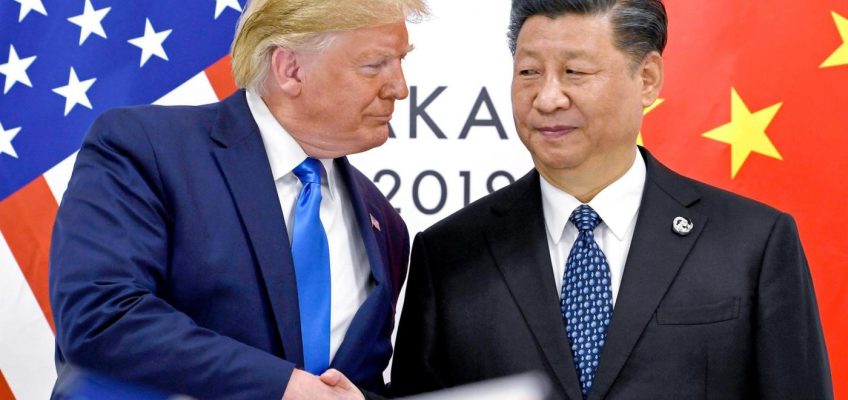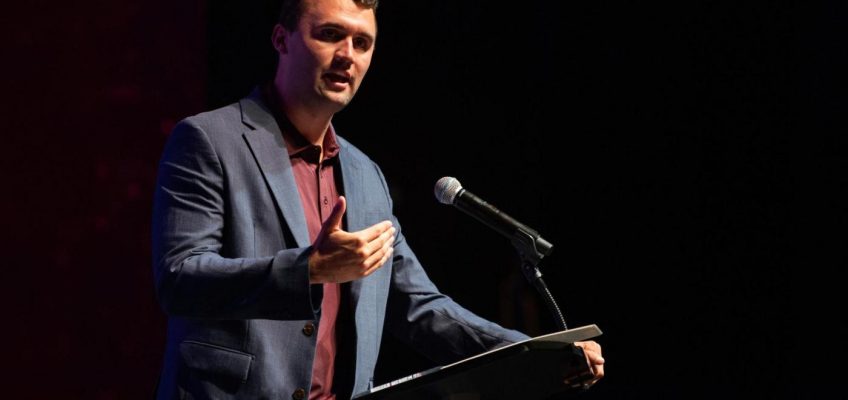Bengals at Vikings (-2½)
Minnesota backup quarterback Carson Wentz is set to become the first player ever to start for six different NFL teams over six consecutive seasons. Vikings coaches are optimistic about the veteran’s prospects for Week 3, as he cannot possibly play any worse than J.J. McCarthy did in Week 2.
Pick: Vikings by 3
J.J. McCarthy #9 of the Minnesota Vikings fumbles the ball while being sacked by Zach Harrison #96 of the Atlanta Falcons during the fourth quarter in the game at U.S. Bank Stadium on Sept. 14, 2025 in Minneapolis, Minnesota. (Photo by David Berding/Getty Images)
Raiders at Commanders (-2½)
The Commanders have gotten final approval to move back to the District of Columbia after nearly three decades in the Maryland suburbs. Their new downtown Washington stadium should be ready in 2030, just around the time the National Guard leaves.
Pick: Commanders by 3
Washington DC Mayor Muriel Bowser (C) signs a Washington Commanders helmet while joined by Washington Commanders managing partner Josh Harris (L), and NFL Commissioner Roger Goodell (R) during a news conference on construction of a new stadium on April 28, 2025 in Washington, DC. The Commanders and the District of Columbia have reached an agreement to build a new football stadium at the team’s former RFK Stadium site. (Photo by Win McNamee/Getty Images)
Rams at Eagles (-3½)
The Eagles’ victory in their Super Bowl rematch in Kansas CIty was watched by 33.8 million viewers, an NFL record for a Sunday afternoon game. By comparison, that’s approximately 33 million more than watched, later that night, the Emmy Awards.
Pick: Eagles by 7
Philadelphia Eagles running back Saquon Barkley runs for a touchdown in the first half during an NFL football game against the Kansas City Chiefs Sunday, Sept. 14, 2025, in Kansas City, Mo. (AP Photo/Ed Zurga)
Chiefs at Giants (+5½)
Famed fiance Travis Kelce raged that he’s “tired of this (excrement)” after his dropped pass at the goal line directly led to the Chiefs’ loss to Philadelphia. So while he’s now playing tight end like a 35-year-old, he still has the temperament of a 5-year-old.
Pick: Chiefs by 11
Kansas City Chiefs tight end Travis Kelce (87) bobbles a pass which is intercepted by Philadelphia Eagles safety Andrew Mukuba (24) during the second half of an NFL football game, Sunday, Sept. 14, 2025 in Kansas City, Mo. (AP Photo/Reed Hoffmann)
Broncos at Chargers (-2½)
Denver lost last Sunday in Indianapolis after being called for a “leverage” penalty, giving the Colts a second chance at their game-winning field goal. Also succumbing because of an opponent’s “leverage” this week: Jimmy Kimmel.
Pick: Chargers by 3
Indianapolis Colts place kicker Spencer Shrader (3) kicks the game winning field goal out of the hold of Rigoberto Sanchez during the second half an NFL football game against the Denver Broncos, Sunday, Sept. 14, 2025, in Indianapolis. (AP Photo/Michael Conroy)
Falcons at Panthers (+5½)
Atlanta heads to Charlotte coming off its big Sunday night victory in Minneapolis. The Falcons’ rushing attack led by Bijan Robinson passed through the Vikings’ defense more swiftly than a Waffle House meal passes through its patrons.
Pick: Falcons by 7
Bijan Robinson #7 of the Atlanta Falcons celebrates a win against the Minnesota Vikings after the game at U.S. Bank Stadium on Sept. 14, 2025 in Minneapolis, Minnesota. (Photo by David Berding/Getty Images)
Cowboys at Bears (-1½)
New coach Ben Johnson was embarrassed by his old team last week in Detroit, sparking fears in Chicago. Some snarky fans, concerned Johnson is in way over his head and is destined to be fired, have started calling the Bears’ coach by a cruel new nickname: “Kash Patel.”
Pick: Bears by 3
FILE – Kash Patel, President Donald Trump’s choice to be director of the FBI, appears before the Senate Judiciary Committee for his confirmation hearing, at the Capitol in Washington, Jan. 30, 2025. (AP Photo/J. Scott Applewhite, File)
Steelers at Patriots (-1½)
Rookie Kaleb Johnson cost the Steelers a victory last week by letting a kickoff bounce free into the end zone, handing Seattle a clinching touchdown. He’s expected to be replaced on Pittsburgh’s return team by someone who actually knows the rules of football.
Pick: Steelers by 3
Pittsburgh Steelers running back Kaleb Johnson (20) warms up before an NFL football game against the Seattle Seahawks Sunday, Sept. 14, 2025, in Pittsburgh. (AP Photo/Matt Freed)
Jets at Buccaneers (-6½)
Ex-Tampa Bay QB Tom Brady raised eyebrows on Monday night as he was spotted in the Las Vegas Raiders’ coaching booth. That’s either because he’s a part-owner of that team, or because he was scouting some supermodels in that booth.
Pick: Buccaneers by 7
FILE – Former NFL quarterback Tom Brady looks on from the broadcast booth during the second half of an NFL football game between the Dallas Cowboys and the New Orleans Saints, Sunday, Sept. 15, 2024, in Arlington, Texas. (AP Photo/Jerome Miron, File)
Packers at Browns (+7½)
Kevin Stefanski’s team is struggling again, and veteran quarterback Joe Flacco may not be leading Cleveland much longer. It’s now estimated that Shadeur Sanders will take over as the Browns’ starting QB … (checks notes) … when Hell freezes over.
Pick: Packers by 11
Cleveland Browns quarterback Shedeur Sanders warms up before an NFL football game between the Baltimore Ravens and the Cleveland Browns, Sunday, Sept. 14, 2025, in Baltimore. (AP Photo/Stephanie Scarbrough)
Other games
Texans at Jaguars (-1½)
Pick: Texans by 3
Colts at Titans (+3½)
Pick: Colts by 7
Saints at Seahawks (-7½)
Pick: Seahawks by 11
Cardinals at 49ers (-1½)
Pick: Cardinals by 3
Lions at Ravens (-5½)
Pick: Ravens by 3
Quarterback Lamar Jackson #8 of the Baltimore Ravens rushes with the ball against the Detroit Lions at M&T Bank Stadium on Oct. 22, 2023 in Baltimore, Maryland. (Photo by Patrick Smith/Getty Images)
Record
Last week
14-2 straight up
11-5 vs. spread
Season
23-9 straight up (.719)
19-13 vs. spread (.594)
All-time (2003-25)
3842-2110 straight up (.645)
2929-2892-145 vs spread (.503)
You can hear Kevin Cusick on Thursdays on Bob Sansevere’s “BS Show” podcast on iTunes. You can follow Kevin on Twitter — @theloopnow. He can be reached at kcusick@pioneerpress.com.
Related Articles
The Loop Fantasy Football Report Week 3: Burrow’s turf toe pains many
The Loop Fantasy Football Update Week 2: Last-minute moves
The Loop NFL Picks: Week 2
The Loop Fantasy Football Report Week 1: Last-minute moves
The Loop NFL Picks: Week 1




